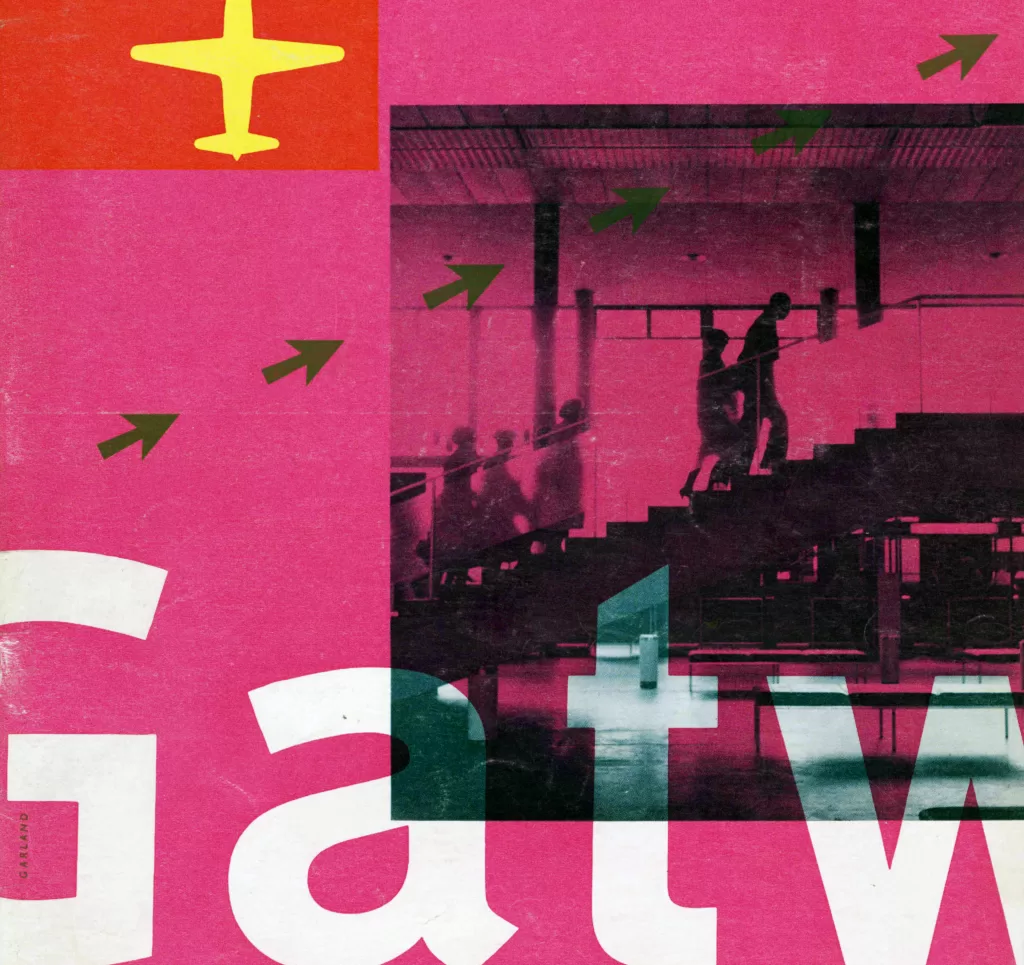Many influential British designers have made their names in the history books. Abram Games, Alan Fletcher, Tom Eckersley and Derek Birdsall, to name a few. But one designer that has always influenced me, not only as inspiration from their design output, but as an example of the role of a designer and the importance of having strong ethics, is Ken Garland. He is known for his innovative and socially responsible approach to graphic design and his involvement in the design community through his teaching, writing and activism. In the second instalment of this series, I will discuss Ken Garland’s magazine work from my collection.
